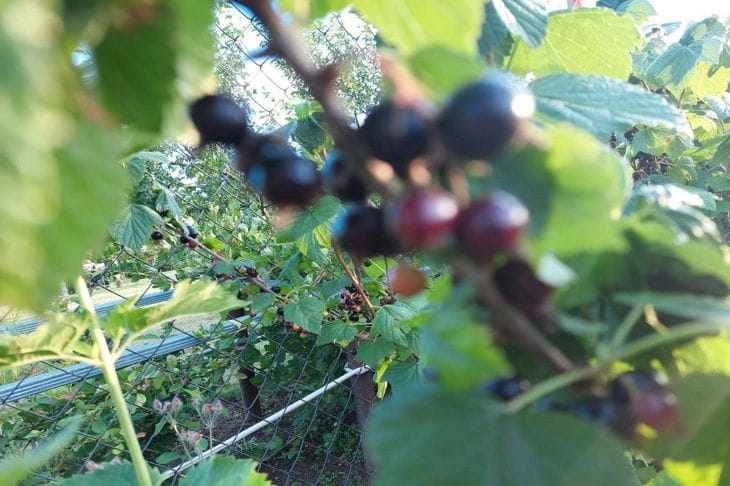Hobby gardeners often face the problem of protecting their crops from pests and diseases.
In search of effective and affordable remedies, many turn to folk methods, among which the use of ammonia occupies a special place.
This method, passed down from generation to generation, causes a lot of controversy among experienced gardeners and agronomists.

The question of whether it is possible to spray currants with ammonia requires careful consideration, taking into account all possible consequences for the plant and the future harvest.
What is ammonia
Ammonia, or aqueous ammonia solution, is a colorless liquid with a sharp characteristic odor.
In gardening it is used as a means of controlling pests and some plant diseases.
However, it is important to understand that this substance has high chemical activity and can have both positive and negative effects on plants.
Effect on plants
When used correctly, ammonia can serve as a source of nitrogen for plants, stimulating their growth and development.
In addition, its pungent smell repels some insect pests. However, improper use can lead to leaf and shoot burns, disruption of photosynthesis processes, and even death of the plant.
Risks and Warnings
Using ammonia on currants requires special care.
High concentrations of the solution or application in hot sunny weather can cause serious damage to leaves and young shoots.
Additionally, ammonia residue on the berries can make them unfit for consumption.
Alternative methods of protection
Modern gardening offers many safe and effective alternatives to ammonia.
Biological preparations based on natural components not only protect plants from pests, but are also safe for the environment and humans.
The use of mulch, proper watering and timely pruning also help strengthen the immunity of plants.
Rules of application
If a gardener decides to use ammonia, it is necessary to strictly follow the recommendations for its use.
The solution should be highly diluted (no more than 1-2% concentration), and the treatment should be carried out in cloudy weather or early in the morning, avoiding the solution getting on the berries. After treatment, the plants should be watered generously with clean water.
Disease prevention
The best protection for currants from pests and diseases is prevention.
Regular inspection of bushes, weed removal and timely pruning help prevent many problems without the use of chemicals.
A healthy, well-groomed plant has a better chance of resisting pests and diseases on its own.
Organic methods of protection
More and more gardeners are turning to organic methods of plant protection. Infusions of nettle, garlic or wormwood can serve as an effective alternative to chemicals.
These natural remedies not only repel pests, but also strengthen the immunity of plants without harming the environment.
Seasonal care features
Care for currants should take into account seasonal features. Spring treatment of bushes helps prevent the appearance of pests that have overwintered in the soil.
In summer, it is important to monitor soil moisture and remove weeds in a timely manner. In autumn, it is necessary to carry out sanitary pruning and prepare the bushes for winter.
An integrated approach to care significantly reduces the need to use aggressive protective equipment.








